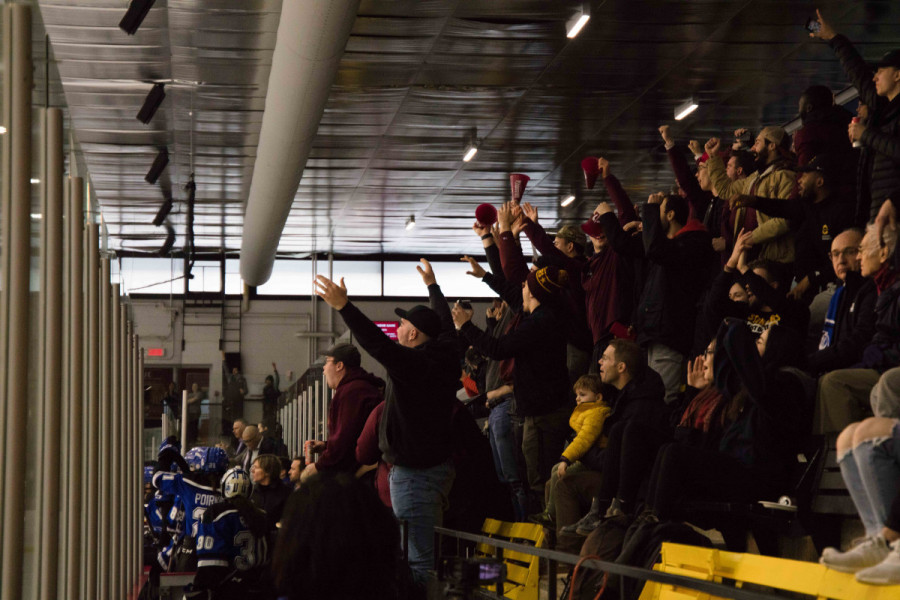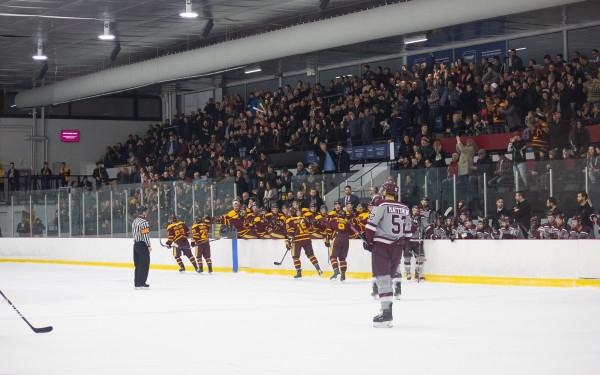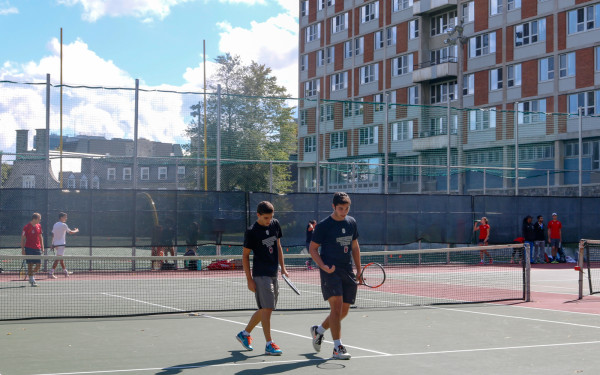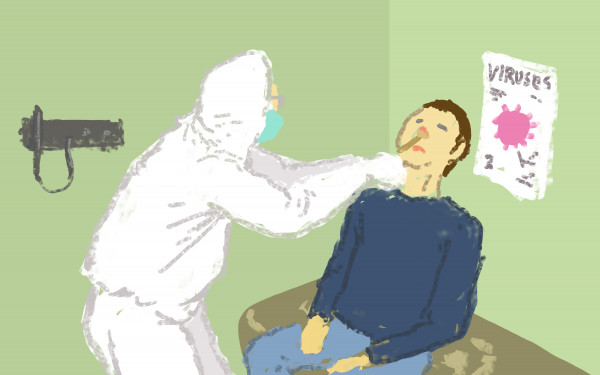The ripple effect of fan absence
A look into the past, present and future of sports fans since March 2020
As we inch closer to the one-year mark of COVID-19 shutting down the sports world, the sporting landscape in 2021 is looking painfully similar to that of 2020: cardboard fan cut-outs in otherwise empty seats with artificial crowd noises pumping through speakers.
When professional leagues broke out of the sports hiatus last summer, empty seats and virtual fan screenings took some getting used to, but for fans watching at home, adapting was rather effortless. Those who were forced to make the real adjustments were the athletes.
From high school, through the college or junior ranks, and onto the pros, these athletes had fan noise raining down on them for as long as they can remember. For them, it is a source of energy, and one that has more of an effect than a washed up Midget hockey player would know.
So, when that extra spark plug blew as a result of the pandemic, they were forced to find an alternative to deliver that electric current to their engines. It was bizarre, but also entertaining to see how they would react.
Some played it off like nothing changed, waving to nonexistent crowds as the in-house announcer introduced them to... no one? Others, like Montreal Canadiens’ captain Shea Weber—who was likely speaking on behalf of the team—actually requested an increase in ambiance inside the Bell Centre.
Perhaps my favourite moment of all, though, the referees. For officials, empty stadiums were a blessing in disguise. An earful from a player after a bad call (I’m looking at you Kyle Lowry) is one thing, but hearing it from some 20,000 “referees” in the crowd is a whole other ballgame. So, at least they were off the hook, right? Wrong.
In a game on Feb. 21 featuring the New Orleans Pelicans and Boston Celtics, J.J. Reddick was ejected after receiving a second technical foul. Much to the displeasure of the imaginary home crowd, the infamous “Ref, you suck” chant started blaring through the speakers at Smoothie King Center in Louisiana. Just when you thought the refs would catch a break, the Pelicans production team was there to remind officials that you can run, but you can’t hide.
The good, the bad and the ugly
It’s hard to find the “good” in fan absence, and that is simply because there aren’t many advantages to the given situation. But honestly, whether I’m at the Bell Centre surrounded by 21,000, or all alone in my living room, I’m just grateful to be watching sports at all right now.
If there’s one thing that stands out about watching games happening behind closed doors, it’s the audio display. As outsiders, the lack of fan noise has invited us into the natural sounds of the game: the hard counts in football, the calling of a cross-ice pass in hockey, or the callouts from a coach in mixed martial arts. Communication is a crucial part of any sport, and the lack of crowd noise has shone a bright light on that aspect of the game.
We can’t talk about the good sounds without talking about the bad ones, though, right Justin Thomas? Thomas, a former number one golfer on the Professional Golfers’ Association Tour, was caught using a homophobic slur in frustration after missing a short putt at the Sentry Tournament of Champions in January.
Unfortunately, slurs—homophobic, racial, or whatever else—are a theme far too common in sports. Oftentimes, however, they are overshadowed by crowd noise. Profanities as such have no place in sports, so here’s to hoping this inexcusable scene—that easily could have gone unnoticed if it wasn’t for the silence around the green—can serve as a lesson learnt for Thomas and the rest of athletes who are guilty of such expletives.
By now, all of the major sports leagues have witnessed the empty stadium scene and the effects have been felt globally, but not just from a sports perspective. From a societal standpoint, the benefits attributed to sporting events cannot be underestimated.
In an era where the United States is feeling more and more just like the States, the lack of unity that sporting events would otherwise bring is being felt now more than ever. No matter your age, gender, race, religion, or political beliefs—all factors that are dividing the country right now—sports boast an immeasurable strength that can bring any given crowd together to support their team, city, or country.
Guess who’s back, back again
In Canada, fan presence—or lack thereof—remains status quo. Heck, the Toronto Blue Jays and Toronto Raptors haven’t even gotten the green light to play in their home city, nevermind a fan presence. In the seven National Hockey League markets nationwide, lower bowl seats are blanketed by advertised-covered tarps, and they will remain tucked in for the foreseeable future.
Surprise, surprise—south of the border, the story differs. Pending government approval, an increasing number of American states are beginning to reopen their doors to the public. Though the faint whispers of fans in arenas and stadiums around the U.S. are a far cry from the boisterous roars that preceded the pandemic, it is a start—and for now, a start is all we can ask.
As the COVID-19 vaccination roll out continues to ramp up, so will ticket sales. The 2021 Super Bowl showed us of a glimpse of that as 25,000 fans showed up at Raymond James Stadium on Feb. 6 in Tampa Bay, while the final four days of last month’s Australian Open operated at 50 per cent capacity.
Are sports still sports without the fans? I mean realistically speaking, yes. But there is no mistaking what some tens, sometimes hundred of thousand fans can add to a game. To be frank with you, it’s hard to put it into words—so I won’t even try.
I’ll let the return of fans speak for itself and I’ll let you soak it all in. But what I will tell you is this: when you go to pay for that first overpriced beer, don’t complain, because it could be a whole lot worse, and this past year was a painful reminder of it.


_600_832_s.png)




